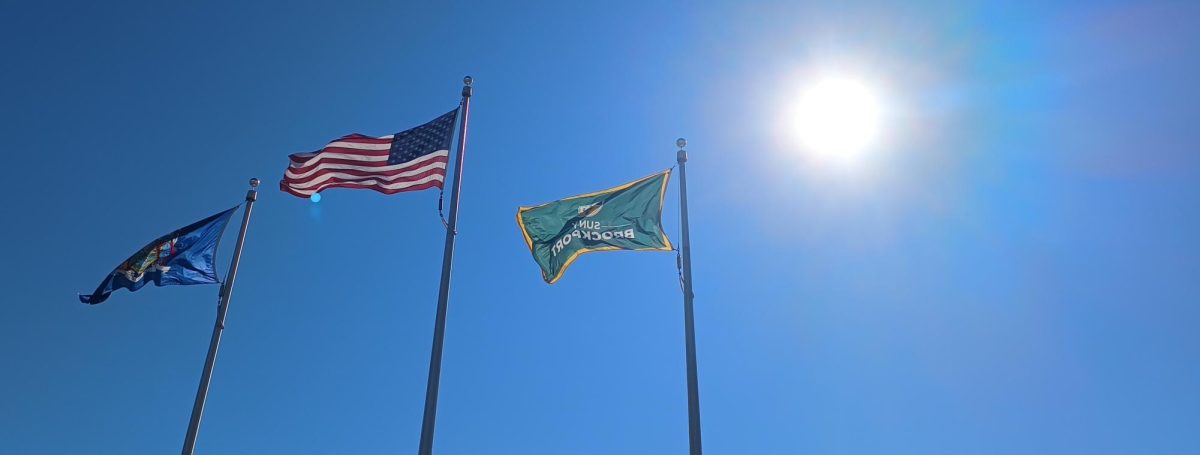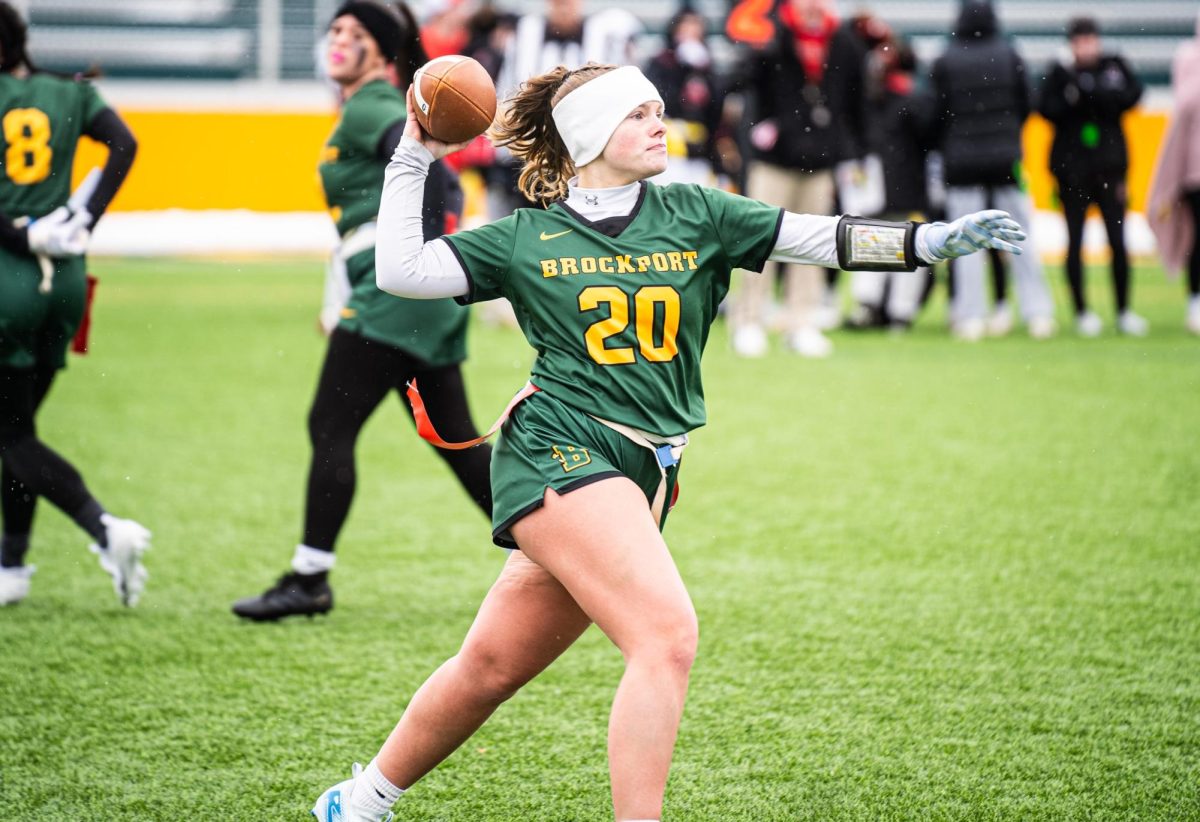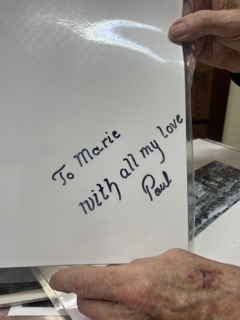How Nate Riexinger lost three of his peers to teenage suicide.
By Shay Gauthier
BROCKPORT, N.Y.- He lost one person. Then another. Then another. Nate Riexinger understands what it means to lose several people to teenage suicide.
In less than two years, Riexinger had lost three of his peers to suicide: Hannah Testa, Chase Marshall and Brendon Ratcliffe.
Hannah was in several of Riexinger’s classes and they quickly became good friends. Every day after school, the two had long chats on the website, ooVoo.

“Getting to talk to someone two to three hours a day, you really start to learn about them,” Riexinger says.
He quickly learned that Hannah was fairly insecure about her weight and her friendships. She never would talk to Riexinger about her insecurities, but frequently posted her feelings on social media.
“She was complaining about her weight and was like, ‘If only I was skinnier,’” Riexinger says. “My go to was to always try to assure her that she was perfect the way she was.”
Riexinger learned that Hannah had died by suicide in December of 2017. Riexinger was working his usual evening shift at Wegmans at the cash register.

He says that before work he had not fully processed Hannah’s death, to the point where he confused a Wegmans customer with his deceased friend.
“Obviously it wasn’t Hannah,” Riexinger says. “I ran to the bathroom and cried for a little bit. That’s when it really started to sink in.”
At sixteen, Riexinger was beginning to understand the reality of teenage suicide. This reality became more obvious for him after Chase passed away.
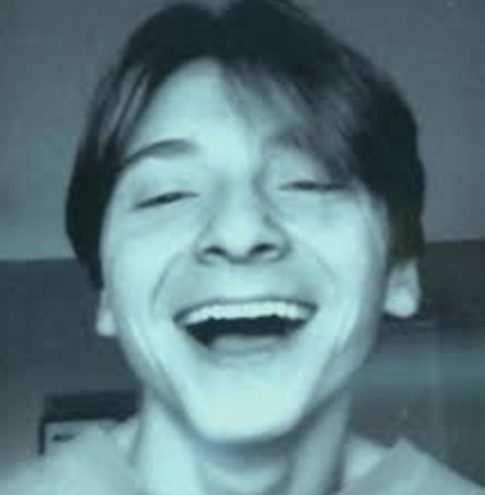
Riexinger knew Chase through his childhood best friend, Zach Marshall. Marshall and Riexinger became very good friends and to this day are inseparable. Through his best friend, Riexinger got to know Chase on a familial level.
“As we got older, I would go out to Canandaigua where Chase lived and spent a lot of time with that side of the family,” Riexinger says.
According to Riexinger, Chase was outgoing and was one of the most confident people he had ever met.
“He would post videos on Tik Tok and social media of him just being the biggest goofball,” Riexinger says. “He always had a super strong fashion sense. He was that kid walking around in yellow. He was always so bold with it.”
Despite Chase’s confidence, he had a history of struggling with depression. Riexinger was shocked when he found out last May that Chase had died by suicide.
“That was beyond surprising,” Riexinger says. “I had never seen him talk about depression.”
Riexinger says that losing Chase was harder on him and that it felt similar to the loss of a close family member.
“It’s so close to home,” Riexinger says. “It took a long time to get back to sort of a normal sense after Chase died, especially since I supported Zach during it.”

After Chase’s death, Riexinger knew he had to do something to open up the conversation about teenage suicide. He decided to partner with Kyle Matthews to hold an event for suicide awareness.
In a few months, The Skate to End Hate was created.
During those months of positivity and community outreach, Riexinger had another setback. One of his peers, Brendon Ratcliffe, had also died by suicide.

Riexinger worked with Ratcliffe at Wegmans and remembers talking to him in the school hallways during his senior year.
“Brendon I didn’t know as well, but because I was class president I tried to make as many connections with the students as I could,” Riexinger says. “I spoke to him a couple of times about how everything was going in school.”
Even though their conversations were brief both in school and at work, Riexinger wishes he had reached out to Ratcliffe to hang out.
“I just never got the chance to,” Riexinger says.
Ratcliffe’s death was during the planning period for The Skate to End Hate and was a humbling reminder to Riexinger and Matthews.
“Kyle and I had been putting in months of hard work and effort to make sure that we were making a change in the community,” Riexinger says. “To have that, sort of, reality check that even though The Skate to End Hate was positively affecting the community, we can’t really save everyone.”
Losing three people to suicide made Riexinger continue to work on The Skate to End Hate. He realizes that putting on the event was not only benefitting the community, but helping him get through the losses of his peers.
“It’s my way of keeping a sane mind, because it consumes me every day.” Riexinger says. “When someone takes their life at a young age, you just think about the fact that they’re not going to have all the memories that a lot of young people look forward to.”
Riexinger says The Skate to End Hate has given him purpose as a young adult.
“You’re never too young to make a change and I think Kyle and I really proved that,” Riexinger says.
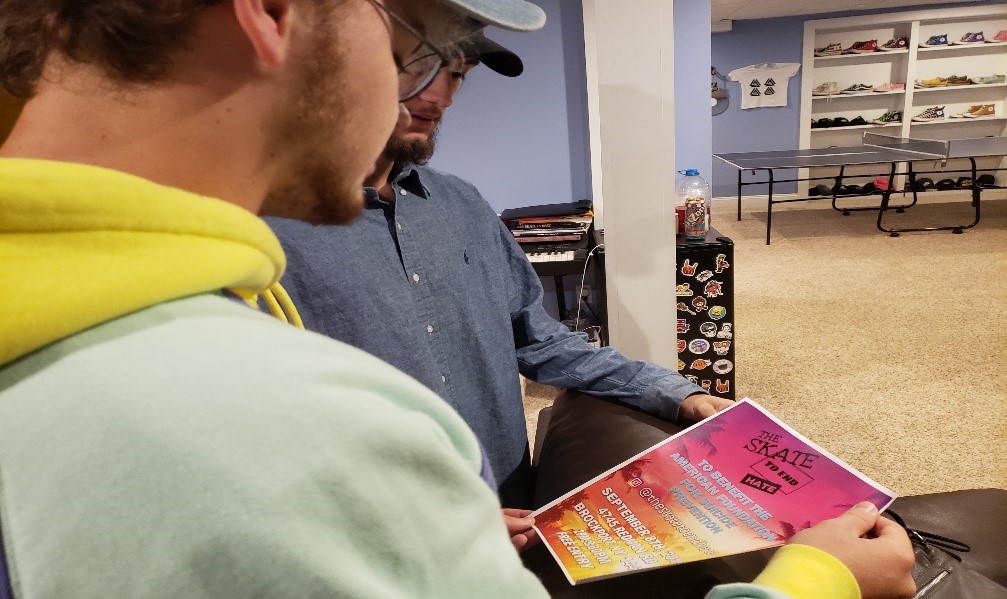
Although Riexinger continues to cope with the losses of his peers, planning The Skate to End Hate 2019 and now 2020 are the motivators behind spreading his important message to teenagers.
“For teens that are struggling with depression or suicidal thoughts, we are often told to bottle up everything,” Riexinger says. “It’s a little cliché, but I truly believe that it’s okay to not be okay. If you are struggling with something, talk to someone. Life is a really precious thing.”







